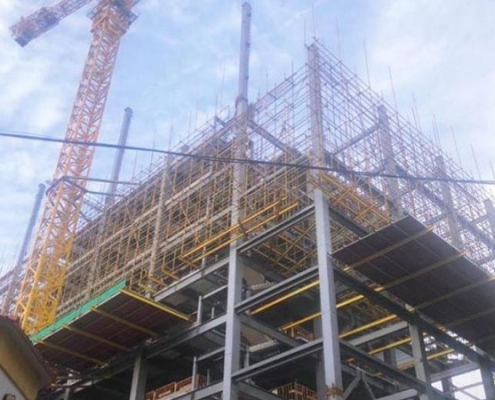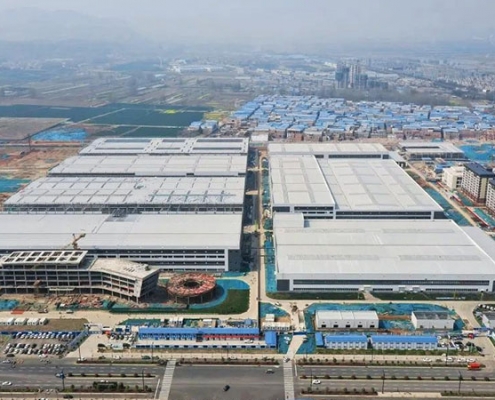Blog

What are the common problems of trailer turntable bearings and how to solve them
NewsTrailer turntable bearings are crucial for the smooth and safe operation of trailers, especially those with steerable axles. When these bearings encounter issues, they can lead to significant problems.
Common Trailer Turntable Bearing Problems…

Steel Structure Factory Price Guide: Cost per Square Meter Explained
NewsWhen planning an industrial, commercial, or agricultural construction project, understanding the steel structure factory price is one of the most important steps. Steel structures have become the preferred choice for modern buildings due to…

How to Build a Steel Structure Cold Storage Warehouse
NewsSteel structure cold storage warehouses have become the industry standard for food, pharmaceuticals, and other temperature-sensitive goods. They combine strength, durability, and flexibility, making them ideal for both small and large-scale…

What are the differences between light steel structure and heavy steel structure?
NewsThe terms "light steel structure" and "heavy steel structure" generally refer to the scale and application of steel in construction.
The differences between light and heavy steel structures are primarily based on the material thickness, load-bearing…

What are the differences between steel structure and concrete structure?
NewsSteel and concrete are the two most common materials for large-scale construction, but they have key differences in properties, construction methods, cost, and environmental impact. Generally, steel structures are known for their high strength-to-weight…

What are the functions of welding rotator in the shipbuilding industry?
NewsIn shipbuilding,welding rotators are essential for handling heavy cylindrical and round components, improving weld quality, speeding up production, and ensuring worker safety.They are especially valuable for large-scale ship structures where…


